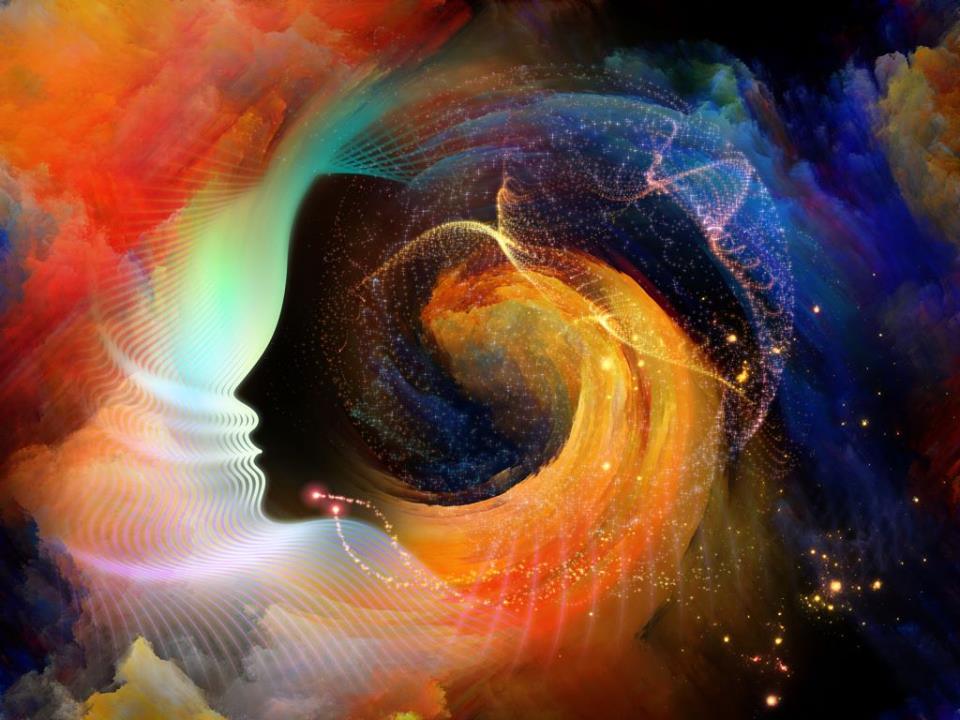Retourner à notre vraie nature
La créativité est un sujet important, que vous soyez jeune ou vieux, dans le domaine des arts, du travail ou des sciences. C’est une ressource renouvelable qui est distribuée universellement, souvent de façon inégale. Nous ne décidons pas de combien nous disposerons de cette ressource mais nous pouvons au moins utiliser de la meilleure façon ce dont nous héritons.
De plus, il existe de nombreux modes d’apprentissage pour faire éclore la créativité à son avantage. Albert Einstein décrivait l’imagination, source de créativité, comme plus importante que la connaissance. Cette dernière étant limitée tandis que l’imagination se manifeste partout à travers le monde. Ken Robinson, dans son livre « l’Élément »(1), évoque comment l’école anéantit la créativité et construit un cerveau pauvre et spécialisé qui répond principalement à obtenir une récompense dès lors qu’il a été conditionné. Cette limite, c’est comme si le mouvement était bloqué, un obstacle s’est créé, ne permettant plus à l’énergie créative de circuler, de s’exprimer.
En 2012, des chercheurs du National Institue of Health(2) voulaient examiner les cerveaux de personnes en flux d’action de créativité qui improvisaient des textes (rap) ou répétaient des paroles apprises. Les scanners ont révélé que les zones du cerveau associées aux émotions, à la motricité, à la prise d’initiative, au langage, aux habiletés motrices étaient plus actifs dans le rap par rapport aux paroles apprises.
Les activités du lobe frontal (notamment le cortex pré-frontal dorsolatéral) associées aux fonctions d’exécutions (les processus impliqués dans la planification, l’organisation, l’élaboration de stratégie, l’attention, le souvenir du détail et la gestion) diminuent, indiquant peut-être un passage d’une attention dirigée à une activité plus détendue et moins contrôlée.
Les créateurs puisent leur inspiration dans une zone de leur esprit inconscient qui s’illumine telles des étincelles de l’attention dans cette phase de créativité spontanée et improvisée. C’est dans ce moment là que l’artiste, le joueur de jazz, la personne en méditation ou le sportif en action atteignent le flux d’énergie sans effort, avec naturel et légèreté, laissant se produire la quintessence de l’unité, du tout.
Cet état de plénitude est accessible notamment lorsqu’un équilibre des mouvements et des énergies subtiles se coordonnent. Il suffit pour cela d’entrouvrir les portes de la curiosité.
Ainsi retourner à sa vraie nature prend tout son sens et la créativité se manifeste sous toutes ses formes.
- l’Élément : Quand trouver sa voie peut tout changer ! Edition Play Bac – ISBN-10 2809649727
- Liu S, Chow HM, Xu Y, Erkkinen MG, Swett KE, Eagle MW, Rizik-Baer DA, Braun AR. Neural correlates of lyrical improvisation: an FMRI study of freestyle rap. Sci Rep. 2012; 2:834.
Return to our true nature
Creativity is an important subject, whether you are young or old, in the arts, the business or the sciences. It is a renewable resource that is distributed universally, often unevenly. We do not decide how much of this resource we will have but we can at least make the best use of what we inherit.
In addition, there are many ways to learn to bring creativity to life. Albert Einstein described imagination, the source of creativity, as more important than knowledge. The latter being limited while the imagination manifests itself all over the world. Ken Robinson, in his book « The Element »(1), evokes how the school destroys creativity and builds a poor and specialized brain that responds primarily to obtaining a reward once it has been conditioned. This limit, it is as if the movement was blocked, an obstacle has been created, no longer allowing the creative energy to circulate, to express itself.
In 2012, researchers at the National Institute of Health(2) wanted to examine the brains of people in creative action flows who improvised texts (rap) or repeated learned words. The scans revealed that areas of the brain associated with emotions, motor skills, initiative, language, motor skills were more active in rap than words learned.
Activities of the frontal lobe (especially the dorsolateral prefrontal cortex) associated with executive functions (processes involved in planning, organizing, strategy development, attention, remembering detail and management) decrease, perhaps indicating a shift from directed attention to more relaxed and less controlled activity.
The creators draw their inspiration from an area of their unconscious mind that is illuminated like sparks of attention in this phase of spontaneous and improvised creativity. It is in this moment that the artist, the jazz player, the person in meditation or the sportsman in action reach the energy flow effortlessly, naturally and lightly, allowing the quintessence of unity to occur in the wholeness.
This state of plenitude is accessible especially when a balance of movements and subtle energies are coordinated. All that is needed is to open the doors of curiosity.
Thus returning to one’s true nature takes on all its meaning and creativity manifests itself in all its forms.
- The Element : How finding your passion changes everything Edition Play Bac – ISBN-10 : 0141045256
- Liu S, Chow HM, Xu Y, Erkkinen MG, Swett KE, Eagle MW, Rizik-Baer DA, Braun AR. Neural correlates of lyrical improvisation: an FMRI study of freestyle rap. Sci Rep. 2012; 2:834.
